Last-Minute NYC Holiday Gift Guide 🎁
We’ve created a holiday gift guide with presents for the intrepid New Yorker that should arrive just in time—


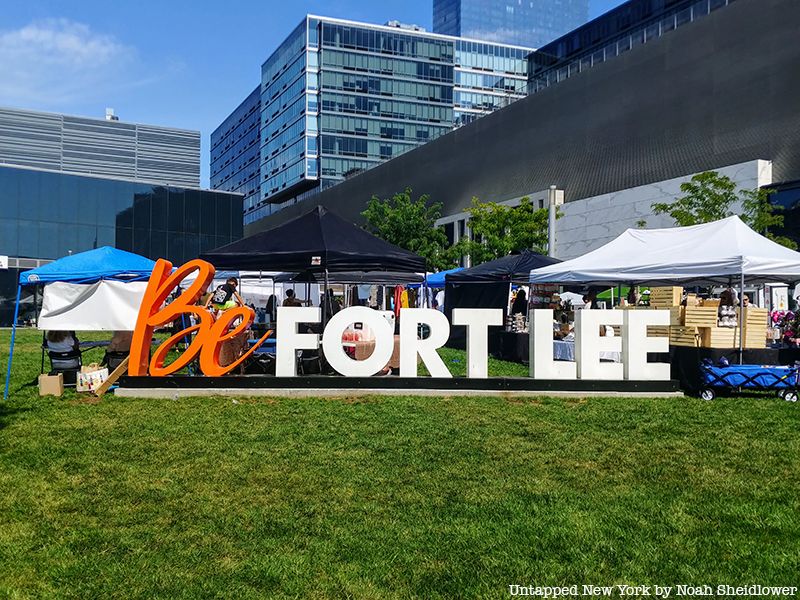
Fort Lee, New Jersey, is a borough in Bergen County on the Hudson River. Named for a Revolutionary War military encampment, Fort Lee offers views of the nearby George Washington Bridge from its tall Palisades and is one of the country’s largest Korean enclaves. Now filled with high-rises and modern buildings, Fort Lee was once a center of the film industry, though much of this history has been forgotten. With plenty of green space, including Monument Park and Constitution Park, Fort Lee has become a popular place for those commuting to New York City and has included residents like Mets legend Darryl Strawberry, singer Celia Cruz, and commentator Bill O’Reilly. Here are our top 11 secrets of Fort Lee!
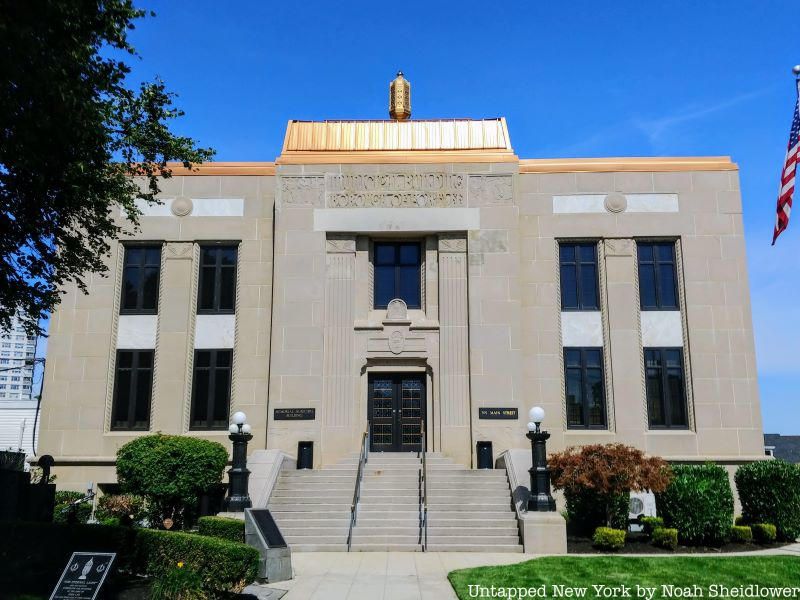
From the end of the 19th century to the early 20th century, Fort Lee was America’s motion picture capital. Many studios popped up in cities and towns along the Hudson River because of New Jersey’s more diverse landscapes and cheaper land compared to New York. One of the first studios in the state was the Kalem Company which opened in 1907, followed two years later by the Champion Film Company, a predecessor to Universal Studios. Dozens more film studios came to Fort Lee in the 1910s, including the Independent Moving Pictures Company, Goldwyn Picture Corporation, Solax Studios, and the World Film Company. Screen actors and producers like Mary Pickford, Lionel Barrymore, and the Marx Brothers (whose first film Humor Risk was shot here) got their starts in Fort Lee. Some films from this era were shot at Cliffhanger Point, including House of Hate, allowing for some tension-filled action shots; this location inspired the word “cliffhanger.”
For about two decades, no other part of the country could compete with Fort Lee — until Nestor Studios built the first studio in Hollywood in 1911. Slowly, more studios began opening in Hollywood because of California’s more temperate climate. Another (perhaps illegal) reason for this cross-country move was that Edison owned most patents for film production, so companies would move to the West Coast to operate independently since the court notoriously did not enforce patent claims. Despite being the birthplace of the motion picture industry, Fort Lee carries little historical evidence since most original buildings have been torn down. However, the Fort Lee Film Commission still keeps this history alive and preserves some historical artifacts.
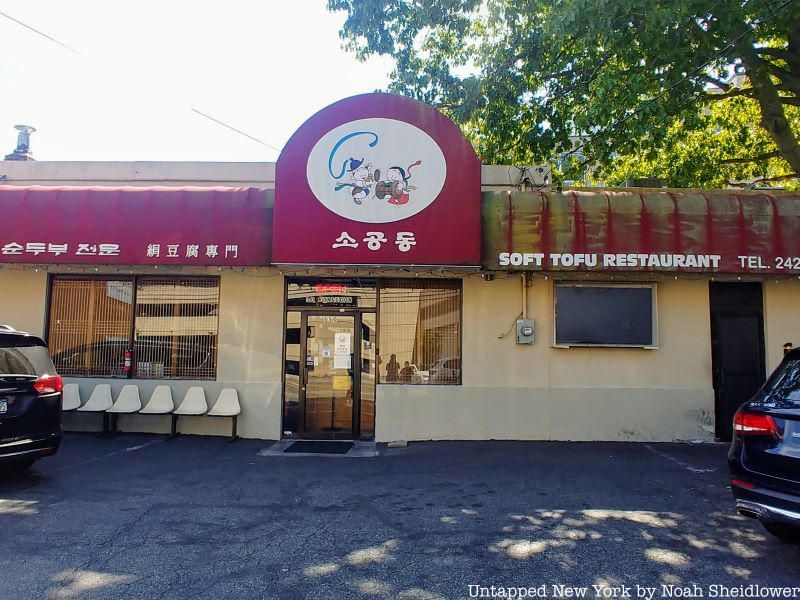
Fort Lee, alongside nearby Palisades Park, has a large Korean enclave that began developing as early as the 1970s. In the 1990s, thousands of Korean immigrants settled in Fort Lee, including affluent professionals who opened up law firms and medical facilities. By 2000, there were well over 100 Korean-owned businesses in Fort Lee, many concentrated around Main Street. Per the 2010 census, the Korean American community of Bergen County was the highest per capita of any county in the United States.
Many foodies have written about how Fort Lee’s Koreatown may beat Manhattan or parts of Queens in terms of options and quality. Fort Lee is known for restaurants such as Sa Rit Gol, So Kong Dong, and Obaltan which all have Korean staples like tofu stews, barbecue galbi, and seafood soups. Other popular Korean restaurants in Fort Lee include Jip Bop Mrs. Baek, the recently opened JJ Dak, and Cho Dang House. There are a handful of Korean markets as well, including HanNam Mart and H Mart. Plenty of bookstores, clothing stores, banks, and education centers cater to the local Korean community as well.
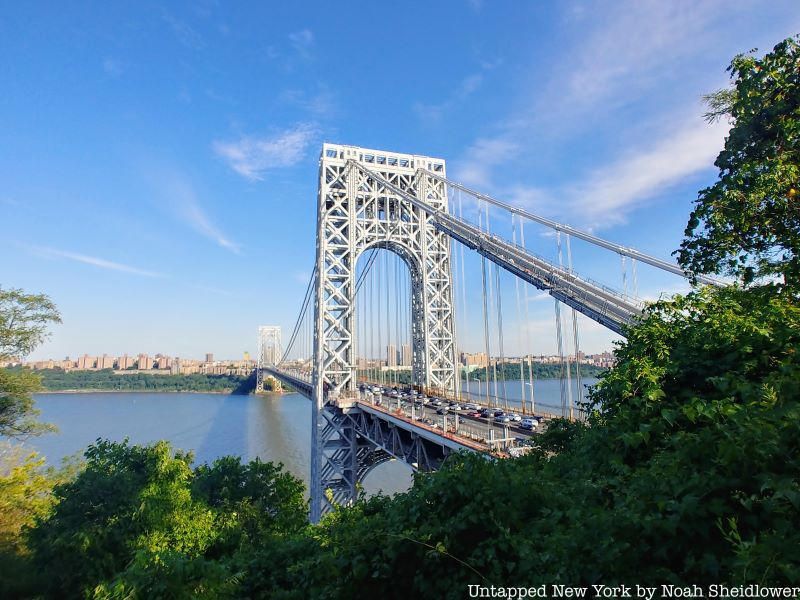
All throughout New York (and parts of New Jersey by the waterfront), there are rooftop restaurants and bars on historic buildings. One rooftop restaurant that did not come to fruition, though, was one that would top the George Washington Bridge. Architect Cass Gilbert worked with Othmar Ammann on the bridge’s design and construction, though he primarily left Ammann to create on his own save for a few ideas of his own.
Perhaps the most radical of Gilbert’s ideas was adding a restaurant to the tower on the Fort Lee side of the bridge. The tower would have also featured a boat drop-off, per Gilbert’s drawings. Since the bridge opened in 1931 at the beginning of the Great Depression, funds were not as readily available for all of these expensive additions. One way that the bridge made money was by charging a pedestrian toll of 10 cents when it first opened; after complaints, it was dropped to 5 cents, then became free in 1940. Gilbert had a few other ideas that never materialized, such as encasing the steel towers in granite and concrete and adding elevators to the tops of the towers for observation desks.
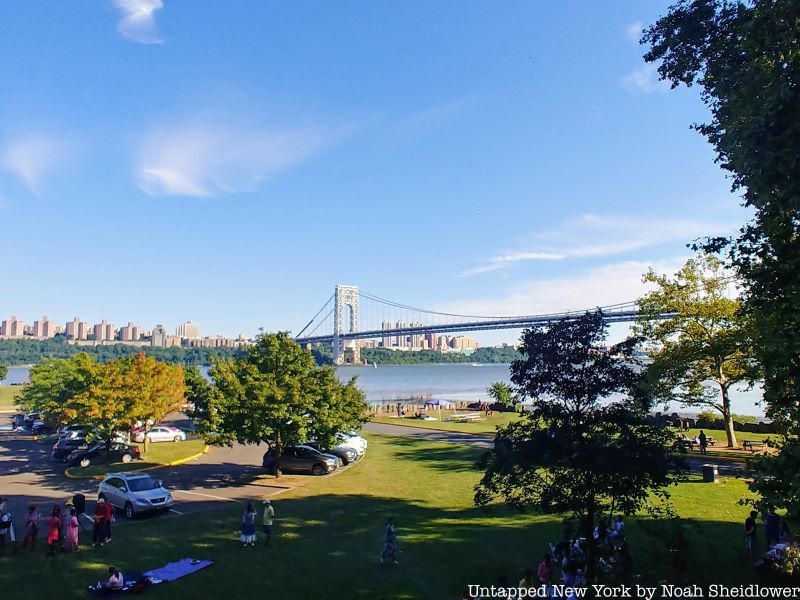
Palisades Amusement Park, located atop the New Jersey Palisades, was a 38-acre amusement park split between Fort Lee and Cliffside Park, New Jersey. Opened in 1898, the park was originally conceived as a trolley park, a picnic area at the end of streetcar lines that had many of the same amenities as amusement parks but on a smaller scale. After the trolley company in Fort Lee sold the park, the new owner brought in a Ferris wheel and an attraction called a diving horse. It was bought in 1910 by Nicholas and Joseph Schenck, who were film executives during Fort Lee’s film boom and owned Fort George Amusement Park in New York City. Under the Schencks’s ownership, a saltwater swimming pool measuring 400 by 600 feet was constructed at the park. It also functioned as an early wave pool, attracting so many residents that the nearby borough of Palisades Park considered changing its name. The pool was the largest saltwater swimming pool in the country (and likely the world) at the time.
The park, though, carried out several instances of segregation, including banning the Palisades Pool to those who were not white and ejecting those who refused to follow park protocol, which was in violation of New Jersey law. Some of these instances damaged the park’s reputation, though its real decline occurred in the late 1960s. Parking was a major issue, and Jack Rosenthal’s death made it unclear who would take over. The park’s popularity partly damaged the charm of Fort Lee according to residents, who complained of traffic congestion and trash. There were also quite a few instances of people being injured or killed at the park, and on September 12, 1971, the park shut its doors for the last time. Many of the park’s buildings were immediately destroyed, many rides were sold to other parks, and the swimming pool was used for a short time before being vandalized. Four high-rise luxury apartment buildings have been built on the former amusement park.
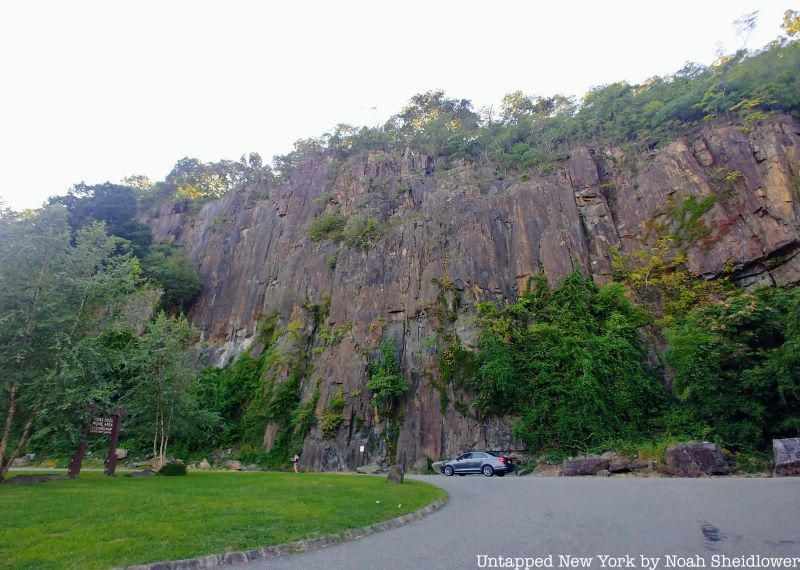
The city of Fort Lee is named after Fort Lee, a Revolutionary War fort and encampment. Originally called Fort Constitution, Fort Lee was constructed at the same time as Manhattan’s Fort Washington in July 1776. Both forts were built to protect the lower Hudson from British attacks, and by September 1776, the fort was renamed after General Charles Lee of the Continental Army. A ferry connected the two forts, and while Fort Lee was occupied, George Washington used ferry owner Peter Bourdette’s home as his headquarters.
British and Hessian forces invaded New Jersey during the Battle of Fort Lee while Continental Army troops were fighting to hold Fort Washington. After the defeat of Continental troops, General William Howe ordered Charles Cornwallis to invade New Jersey, leading Cornwallis to bring between 2,500 and 5,000 troops across the river. British forces marched up the Palisades on a rough path, and Washington and Nathanael Greene ordered the evacuation of the fort on November 20. Washington retreated west, and it was during this retreat that Thomas Paine wrote his pamphlet “The American Crisis,” which began, “These are the times that try men’s souls.”
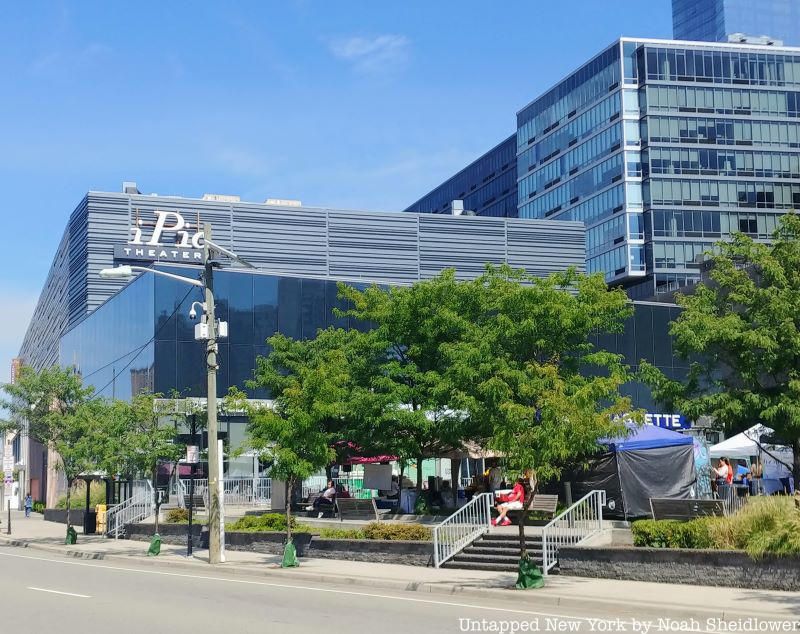
Years after Fort Lee’s film scene had declined in favor of Hollywood, James Vicary, a market researcher, had an idea. At a Fort Lee movie theater in 1957 during a showing of Picnic, he claimed to have used a device called a tachistoscope to project “Hungry? Eat popcorn” and “Drink Coca-Cola” for 1/3,000 of a second every five seconds. He claimed that sales of popcorn at the theater increased by 57.8 percent and Coca-Cola increased by 18.1 percent during the experiment. As a result of this experiment, the CIA published “The operational potential of subliminal perception,” which analyzed the role — and dangers — of subliminal messaging in society.
It turns out, though, that Vicary lied about the experiment and his results. The data set was too small to be significant, and when asked to recreate it, he found nothing significant. The manager of the movie theater even stated that the experiment was never carried out there, and another study by a different researcher found no increase in sales. However, the experiment brought major publicity to subliminal messaging, which would be used as a marketing tactic.
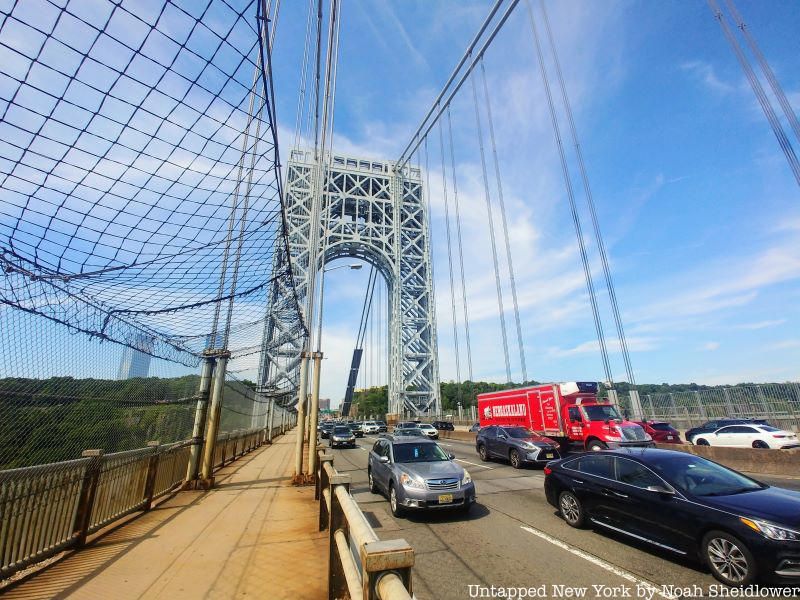
Bridgegate, or the Fort Lee lane closure scandal, was one of the stranger political scandals of 2013. During morning rush hour on September 9, 2013, two out of three lanes of a street entrance to the George Washington Bridge on the New Jersey side were closed, after which Fort Lee declared a public safety threat. The two lanes weren’t reopened until that Friday, and public officials demanded answers, which were surprisingly political.
Instead of typical reasons for road closures like road repairs, many believed that the lanes were closed intentionally as an attack against Fort Lee’s Mayor Mark Sokolich, who chose not to support Chris Christie for governor. Christie’s appointees were investigated, including David Wildstein, who ordered the lane closures, and Bill Baroni, who claimed the lane closures were for a traffic study. Baroni and deputy chief of staff Bridget Anne Kelly were found guilty on all counts, and the scandal further damaged Christie’s political career. Christie was later accused of having direct knowledge of the lane closure, though, in 2020, the Supreme Court overturned any prior convictions related to the incident.
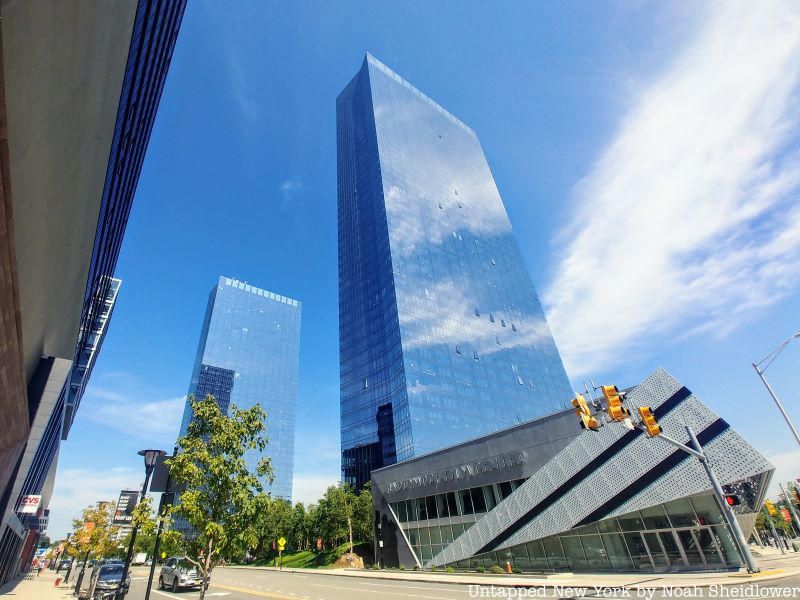
Perhaps the site most people first notice crossing the George Washington Bridge is The Modern, a residential skyscraper with views of the New York City skyline and the Palisades. The twin towers were completed in 2018 and stand at nearly 500 feet tall, or 47 stories. Designed by Elkus Manfredi Architects, the buildings are the tallest twin towers in New Jersey and are the 9th tallest in the country. Adjacent to the towers is Hudson Lights, a retail center with a popular three-screen movie theater.
The towers were built on a plot of land that had been previously vacant for nearly five decades. There were many attempts to build something on the site between the 1970s and 2008, and an organized crime representative even tried bribing Fort Lee’s mayor on behalf of developers. Though, after decades of trying, developers secured The Modern, which has everything from an infinity pool to a lawn with a jumbotron to a golf simulation roof to a karaoke bar.
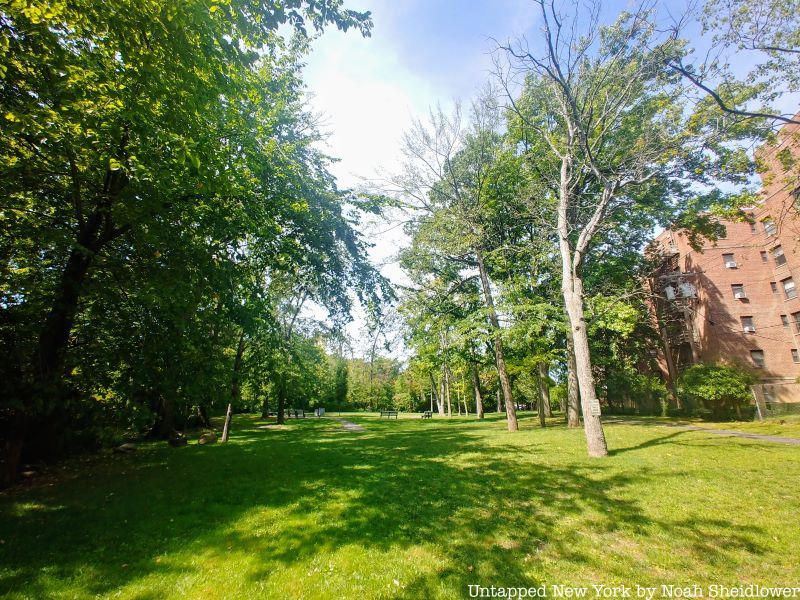
The Riviera was Fort Lee’s most iconic nightclub from 1931 to 1953. It first opened on Hudson Terrace by the George Washington Bridge, though on Thanksgiving night 1936, the building burned to the ground. About a year later, a new building, which was considered one of the area’s most architecturally advanced buildings at the time, opened closer to the George Washington Bridge. The nightclub had a retractable roof, glass floor-to-ceiling windows, and a rotating stage. The Riviera quickly got the nickname “The Show Place of America.”
Figures like Frank Sinatra, Sammy Davis Jr., Dean Martin, and Jerry Lewis made visits to The Riviera. There was a casino at the site, and many considered The Riviera a forerunner to the hotels and clubs of Las Vegas. After closing for a few years amid World War II rationing, it was bought by Bill Miller, who directed several casino hotels in Las Vegas and was the father of reporter Judith Miller and music producer Jimmy Miller. It had a seating capacity of slightly under 1,000, and despite its financial success, it had to close due to eminent domain for the Palisades Interstate Parkway. It closed in 1953 after a final concert by Eddie Fisher and Henry Youngman; the building was torn down just a year later.
An unassuming Fort Lee home, which is located at 1080 Inwood Terrace, is an important spot in Goodfellas. The home still looks about the same as it does in the movie, located near the quiet Inwood Terrace Park. Another significant filming location was a Maspeth diner that recently closed. However, the Fort Lee home appears in more scenes.
Later in the movie, the home is where Henry gets busted while taking Lois to deliver a package at the airport. It serves as Henry’s and Karen’s home after Henry’s prison time, and it is one of the only significant locations used in the movie outside of New York.
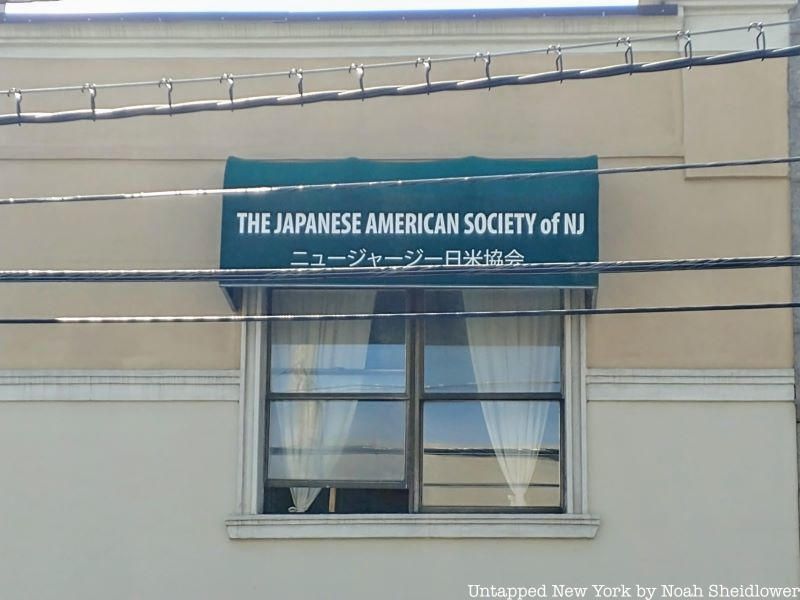
Though Fort Lee is commonly known as one of New Jersey’s “Koreatowns,” it also has a sizeable Japanese and Russian community. According to a 1976 New York Times article, Fort Lee was compared to a “little town of Tokyo” with many Japanese restaurants and markets. Today, Fort Lee has the largest concentration of Japanese Americans in New Jersey with around 2,500. The headquarters of the Japanese-American Society of America, which was founded in 1974, is on Main Street. The society was created to offer language, culture, and translation programs for the local Japanese community, as well as host Japanese language programs for native English speakers. Classes have included Sado (Japanese tea ceremony) and Ikebana (Japanese flower arrangement). Fort Lee is also home to the Japanese Weekend School of New Jersey for younger students.
Fort Lee has its fair share of Japanese restaurants, including Raku Izakaya, which specialized in Japanese barbecue and sushi; Sazanami, which offers a selection of Japanese curries; Soba Noodle Azuma, known for its noodle sets; and Sushi Aoki, a popular sushi bar with an omakase menu. Though not as pronounced, Fort Lee also has a small Russian community, many of whom shop at Syberia, which is known for its selection of Eastern European hot and cold foods.
Next, check out the Top 10 Secrets of the Hudson River!
Subscribe to our newsletter